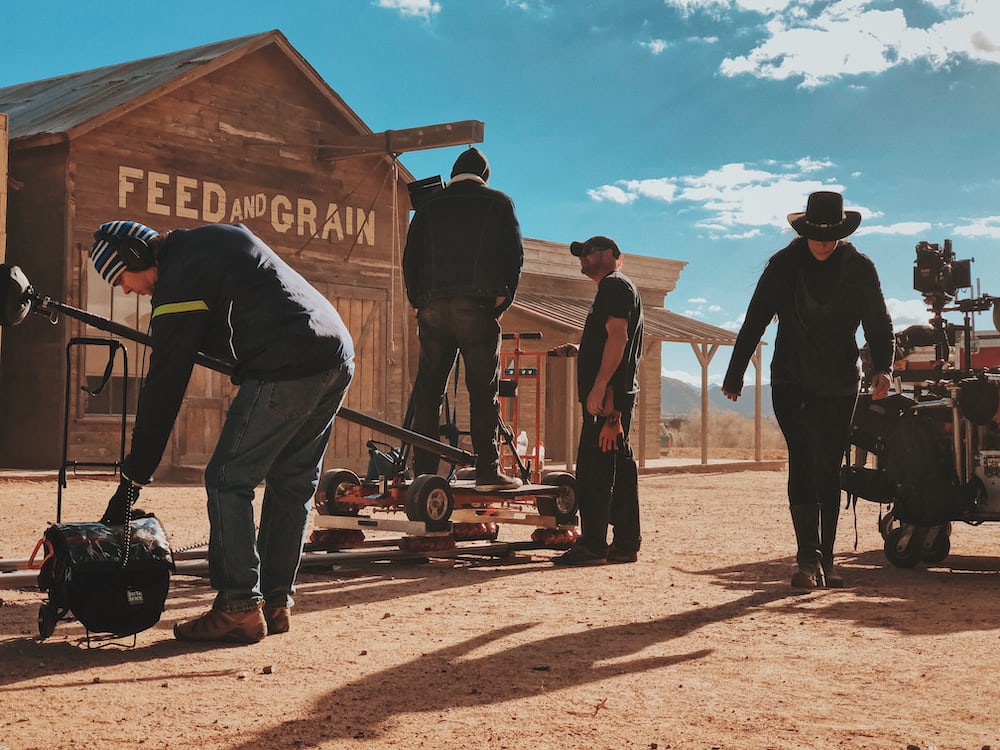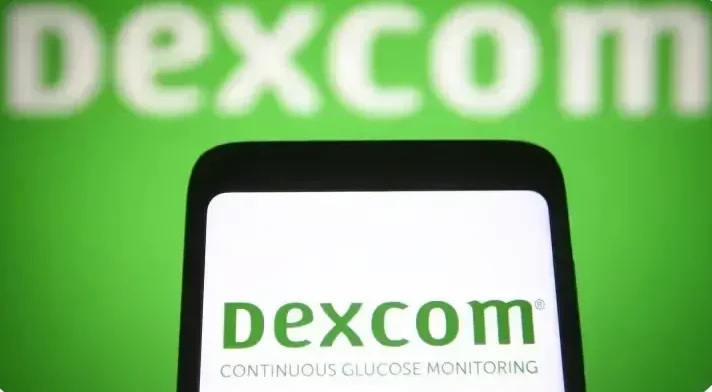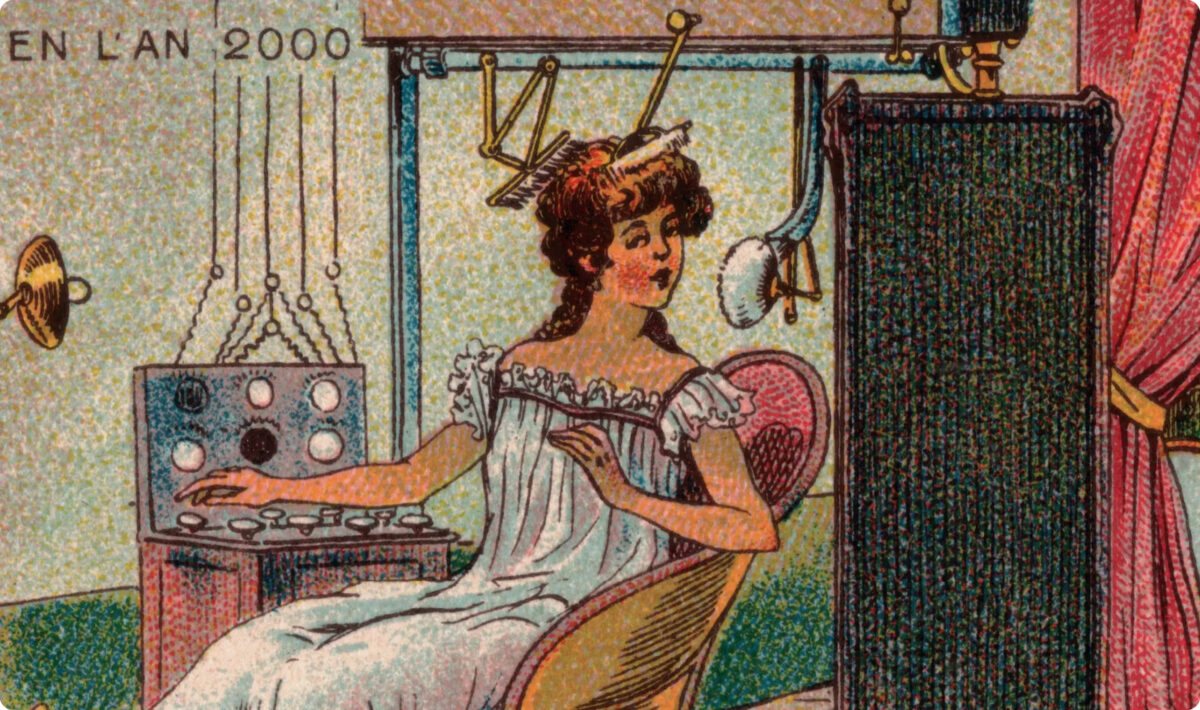How Hollywood Reuses Their Movie Sets
For years, the cycle of building and then discarding movie and TV sets into landfills was the norm in Hollywood. A practice veteran art director Karen Steward knows this all too well. “The dumpsters just line up at the end of the show,” she explained, “And there’s no talking about it, because it’s time to get off the soundstage.”.
Steward and her colleagues from the Art Directors Guild have been advocating for change, striving for sustainability and reducing waste within an industry traditionally ruled by the maxims of speed and cost-efficiency. She noted the initial challenges in shifting the mindset, recounting, “We’re all about not wasting time, and hurry up, and get it done, and time is money.”.
Echoing the urgency of this mission, Earth Angel, a consultancy that assists productions in minimizing their carbon footprints, reported that an average movie or TV show in 2022 was responsible for generating approximately 240 tons of waste, half of which resulted from the disposal of sets and props. Emellie O’Brien, Earth Angel’s founder, emphasized the potential for more sustainable practices, stating, “There are definitely more innovative, efficient ways of working. We often just don’t give people the space and the breathing room to uncover those solutions.”
A practical approach to reducing waste has been the reuse of old sets, as demonstrated by Beachwood Services. This Sony Pictures Entertainment-owned service rents out previously used sets and props, offering a sustainable alternative to building new ones from scratch.
Despite some resistance from art directors wary of compromising their creative vision, Beachwood encourages modification and customization of these assets. Sondra Garcia, director of scenic operations at Beachwood, reassured, “We tell people, ‘You’re going to put your own spin on it. You’re going to paint it. You’re going to reconfigure it. And then it is your design.'”
When sets no longer meet the criteria for high-budget productions, they find a new purpose at organizations like EcoSet. This Los Angeles-based entity steps in to prevent these materials from becoming landfill waste by offering them to those in need.
The efficient use of resources and reducing waste is a worthy goal. So it is good to see those wherever they work.




